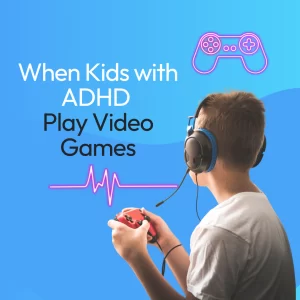We know how common bullying is. Now the question is what can teachers do to address it with our students? One of the most difficult parts about bullying prevention is for teachers and school staff to identify when it is happening. We know that bullying is 1) intentional acts of aggression 2) directed at a person without power by a person with power (i.e., older, stronger, popular, etc), and those acts are 3) repeated over time. For a teacher, it may be easy to identify when acts between to students appear to be hurtful. What may be more difficult is to understand in a single moment of observation is if an asymmetric power dynamic exists between two students, or if those interactions are being repeated over time. Here are a few tips from Stand4Kind to uncover and address bullying in your classroom and in your school.
-
Talk about bullying, and talk about it often.
- Clearly define what bullying is (see definition above), and reinforce to your students that it is not acceptable behavior.
- Let students know about ways to safely and anonymously report their concerns to you, and ensure them that you will not ignore any concerns that are brought to your attention. One of the reasons students are reluctant to report bullying is that they do not feel confident that adults will know what to do, or that adults will do anything at all.
-
Establish a clear classroom management procedure. Establish rules and expectations for your classroom, and communicate the consequences if those rules and expectations are violated.
- When there are clear and structured guidelines in place, it is more likely bullying will be reported accurately and responded to effectively.
- Stand4Kind advocates teachers establish social contracts with the students your classes. The Stand4Kind social contracts have 4 pieces that should be developed by a teacher in concert with the students in your class.
- How do you want me to treat you?
- How do you think I want you to treat me?
- How are you going to treat your peers?
- When we have conflict, how are we going to solve it?
-
Stand in the hallways between classes, and eat in the lunchroom with the students.
- We know that the majority of bullying episodes actually happen in the classroom! But the next most likely locations for bullying are in the hallways, and in the cafeteria. Standing in the hallway between classes and eating lunch in the cafeteria, with the students, will give you a great opportunity to build rapport with your students (which will increase the likelihood bullying will be reported to you), and to observe your students in less structured environments so that you can understand better the nature of their social lives.
-
Although this is listed as point 4, it may be the most important: Point out bullying immediately after you think you may have witnessed it. Do not wait to address behaviors from students that concern you. Stop whatever is going on in your class and address the issue to the entire class.
- This is where using the classroom contract is useful. Teachers can refer to the expectations that the students set for themselves as a backstop to behavioral issues and to support accountability.
- Additionally, rates of bullying have been shown to decrease as student perception of teacher disapproval increases.
-
Talk to your classes about what friendship means, and what relationships look like that are friendly.
- Often, bullying can happen in the context of a “friendship” where one student is included in the group solely as the person at the bottom of the group’s food chain.
- If your friends are not friendly, they should not be your friends. Find friends who want the best for you!
-
Try to integrate anti-bullying efforts on each agenda for teacher staff-meetings, even if it is only briefly touched on it will help keep bullying awareness high among school staff.
-
Know that boys and girls bully differently.
- Boys are likely to physically bully, and girls are likely to use relational aggression, verbal bullying, and even cyberbullying.
-
Attempt to discover the isolated kids
- Victims of bullying are often those individuals who are socially isolated relative to their peers. Attempt to integrate them with their peers any way you can.
-
Pay attention to the charming kids, and those that show signs of entitlement
- Bullies may not feel as though the rules apply to them. Contrary to popular belief, bullies are often not kids who struggle socially/academically.
- Children who bully others can often have a high level of social intelligence, and can be model academic students. At times, parents and teachers can report “surprise” at discovering these students could bully others.
-
Watch your students for gradual/sudden changes in behavior.
- Bullied students are known to experience higher rates of truancy
- Sudden drops in grades or behavioral problems may also start to manifest themselves.




1 thought on “Teachers: Create bully-free classrooms”
Pingback: Personality: The heart of diversity - Stand 4 Kind - Personality